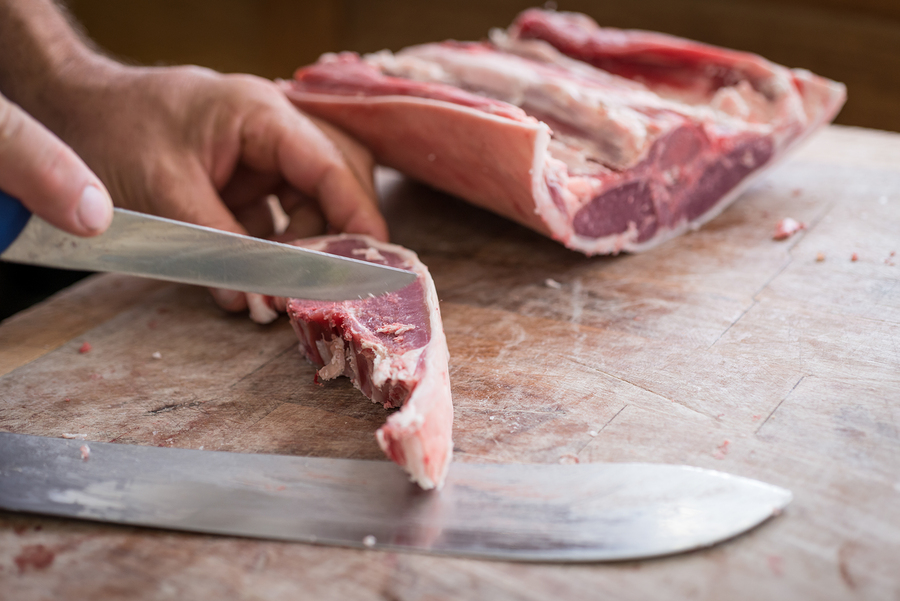Learning all of the dos and don’ts of raw feeding comes with time, but there are 5 things to be aware of right off the bat.
- Avoid certain foods.
Contrary to popular belief, dogs were not made to properly digest fruits, vegetables or dairy. Because dogs don’t become ill when fed these things the vast majority of people believe that these foods are good for them or simply feed them because their dogs like to eat them.
Dogs can eat just about anything without instantly getting sick or dying. They are unlike animals such as horses or rabbits who can become ill with even the slightest change to their diets. But the absence of illness and disease is not health. Feeding your dog foods that they’re not meant to eat will feed diseases and illnesses that will show up later in life.
- Don’t feed cooked bones, machine cut bones or weight-bearing bones.
Only feed your dog(s) raw bones. Cooked bones can splinter and potentially kill your dog by puncturing their digestive tract. Under no circumstances should you feed cooked bones of any kind.
Weight-bearing bones can break your dogs’ teeth, and machine cut bones like t-bones, pork chops and lamb chops, are sharp and can cause damage to your dog’s mouth, esophagus, stomach and/or intestines.
- Freeze certain meats.
Some meats need to be frozen for a specific amount of time before you feed them to your dog. This process helps kill parasites that could harm your dog. Fish and meats from wild animals should be frozen for 1-2 months.
- Thaw in the refrigerator.
The safest place to thaw meat is in the refrigerator, as it never leaves meat at an unsafe temperature. Dogs’ digestive tracks have the strength to stand up against many different bacteria including salmonella. When meat is frozen, bacteria stops growing and multiplying. Then, when it’s thawed, these bacteria come back to life and begin to multiply again.
While it’s perfectly safe to thaw and refreeze your dogs’ meats, bones and organs, be conscious of their food reaching an unsafe temperature and sitting at that temperature for an extended period of time. Thawing your dog’s meals in the refrigerator ensures that their meals won’t become a playground for elevated amounts of bacteria that can unnecessarily challenge your dogs’ immune system.
- Use sanitary practices.
Firstly, wash your hands thoroughly after preparing raw dog food meals. You should also clean any surface areas with white distilled vinegar to kill any germs. And lastly, feed your dog(s) outside to prevent germs that could cause harm to you or your family from accumulating in your home.
